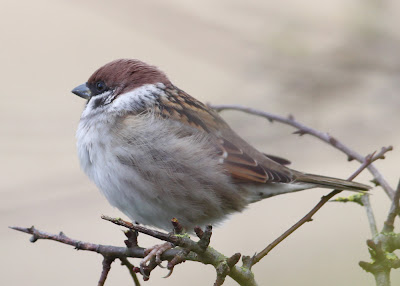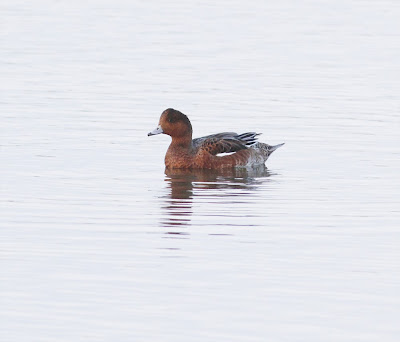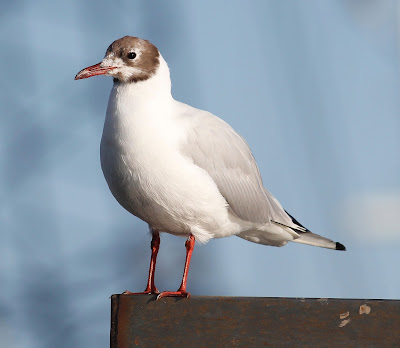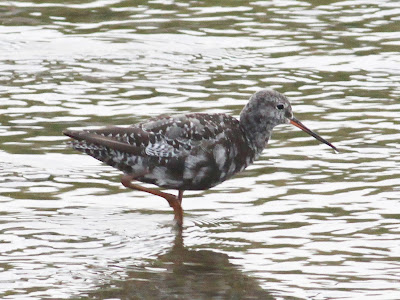Now that August is here both waders and terns are migrating through with increasing momentum so with a tide due 10am I decided to give sunny and scenic Knott End a bash this morning. This west coast isn't the best for sunrises, but sunsets can be spectacular and the photographic light often inviting.
Tide at Knott End
Sunset - Knott End looking to Fleetwood
Long before the tide turns to head upstream and fill the channel between Knott End and Fleetwood there are thousands of birds picking through the distant mussel beds. Large gulls and Oystercatchers form the myriad bulk with a mix of smaller waders and Black-headed Gulls making up the remainder. As the incoming water buries the muddy, rocky and sand strewn islands the birds fly off in various directions to look for food elsewhere or perhaps to roost.
Natural England - “Mussel beds have a particularly important role where they occur on soft seabeds, as they provide a hard surface in otherwise muddy or sandy areas. This attracts and supports a greater range of marine life than would otherwise be found there. 133 different animals and plants have been recorded in blue mussel beds, including seaweeds, anemones, barnacles, sea snails, crabs, starfish and worms.”
Post-breeding time means there are huge numbers of our common and largely ignored Herring Gulls together with much smaller numbers of Lesser Black-backed Gulls. Lumped as one this morning gave a count in excess of 1000, how's that for a non committal estimate?
Herring Gull
The Oystercatcher count reached 400+, most heading upstream and 180 or more staying on the shore. At least 140 Dunlin also travelled upstream towards the Barnaby's Sands roost, as did 25+ Redshank, 45 Curlew, 7 Ringed Plover,1 Bar-tailed Godwit and 1 Whimbrel. The Whimbrel had hung around for a while searching through the near shore before a procession of early morning Knott End sun-seekers sent it too scurrying upstream. The Turnstones are back, the most approachable of our wader set, and I almost missed the four of them as they fed quietly at the busy jetty when most everything else was gone.
Whimbrel
Dunlin and Ringed Plover
Turnstone
A small roost of terns pre-tide with 15 Sandwich Terns and 3 Common Tern. Other bits and pieces – 1 Eider, 2 Pied Wagtail, 8 Linnet, 1 Swift, 14 Swallow
Talking of sun here's a picture of the grand-kids' giant Sunflower in the back garden and grown from the debris of a cleaned out bird feeder. The flower now measures some 8½ inches diameter.
Giant Sunflower
Linking today to Camera Critters and Anni's Blog.









































.JPG)










.jpeg)






.jpg)












